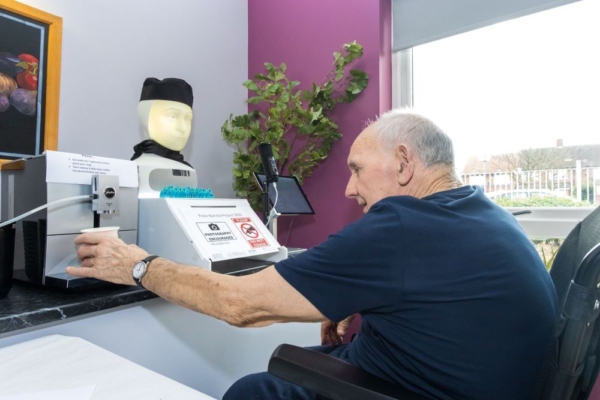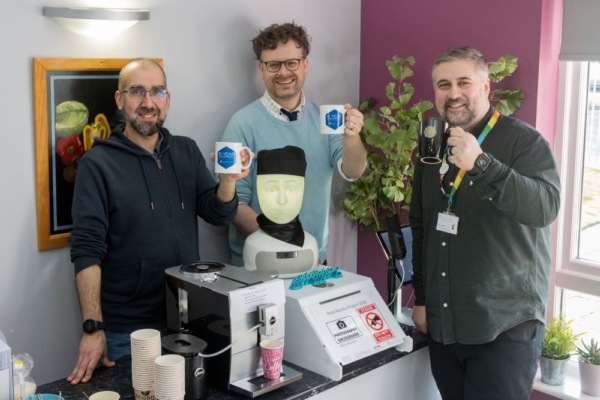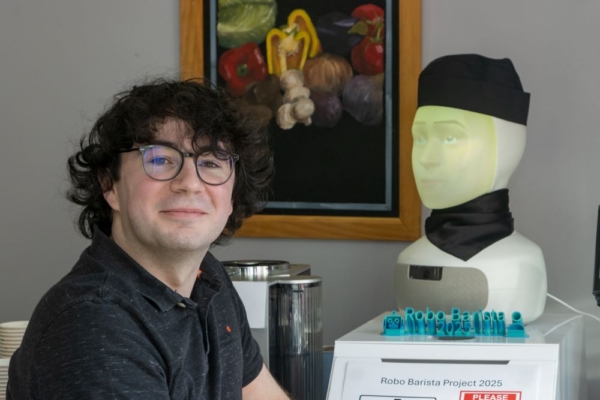New ‘Blue Robotarium’ aims to transform marine energy industry
Today (14 May) at the 2025 All-Energy Conference in Glasgow, The National Robotarium, in partnership with Heriot-Watt University Orkney, Aquatera Group, EMEC – The European Marine Energy Centre, Green Marine Ltd and Leask Marine, joined together to announce the launch of a new robotics testing and development centre in Orkney.
The International Blue Economy Robotarium – dubbed the ‘Blue Robotarium’ – will bring together leading experts in science and industry to test and develop cutting-edge robotic technologies to revolutionise the global blue economy.
Over the coming months, the Blue Robotarium aims to:
- Develop an expansive programme that explores learning and solutions related to robotics, AI and data management for the offshore wind and tidal energy sectors;
- Rapidly advance the testing and development of robotic systems to improve the sustainability of marine industry operations;
- Create a centre in Orkney for testing, certification and performance validation of new robotic, AI digital technologies;
- Support and facilitate the safe deployment of new technologies, underpinned by expert support and management;

Stewart Miller, CEO of The National Robotarium, spearheaded the new consortium alongside Professor Sandy Kerr, Director, School of Energy, Geoscience, Infrastructure and Society at Heriot-Watt’s Orkney campus.
Stewart said: “This is a hugely exciting opportunity to showcase how the National Robotarium model can be adapted to drive robotic innovations for specific sectors.
“The International Blue Economy Robotarium will explore sustainable solutions that will enhance the offshore energy, marine and renewables industries through advanced technology.
“With access to a network of 400 service specialists, the Blue Robotarium will be a one-stop-shop for enterprising companies seeking to enhance efficiencies and improve sustainability using robotics.”
Find out more and get in touch at: https://bluerobotarium.com/

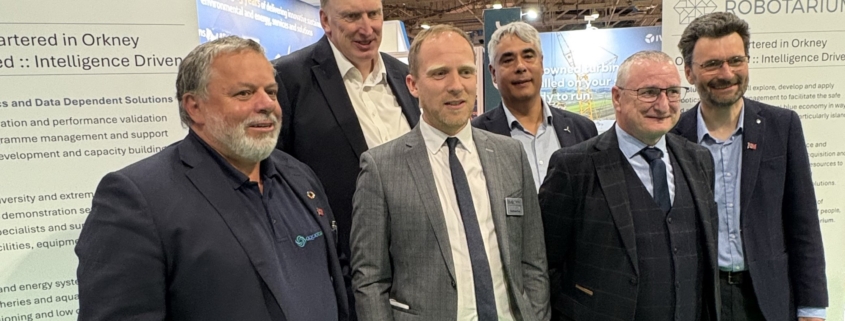

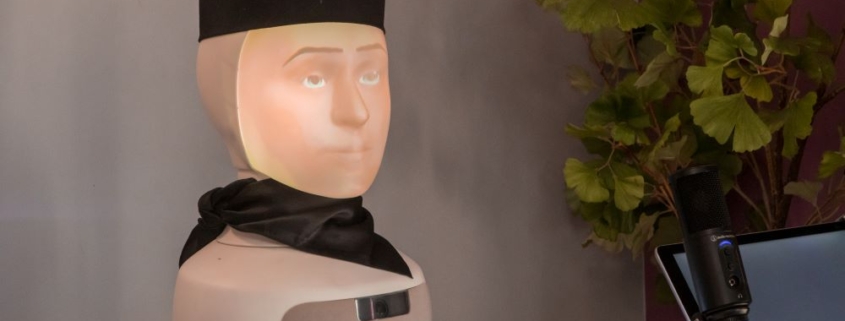 Chris Barron
Chris Barron